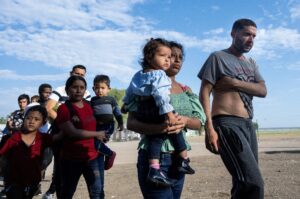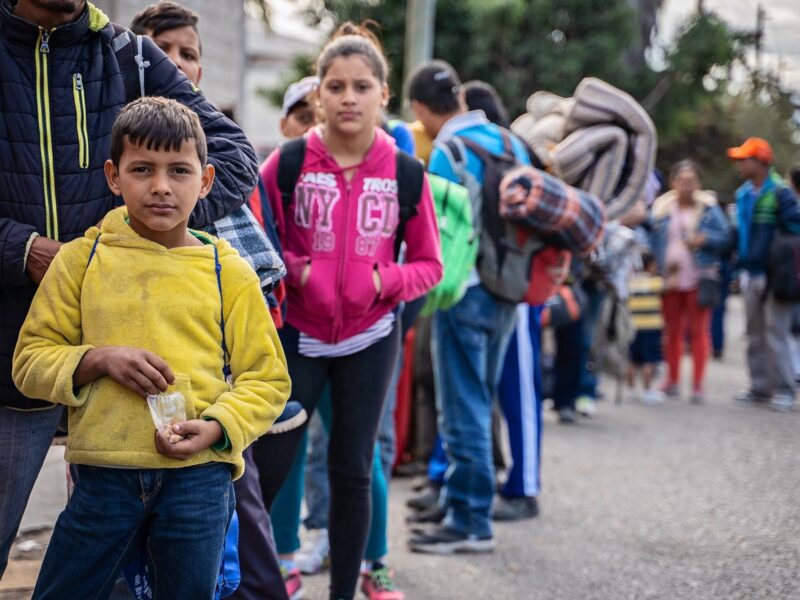Immigration has been a significant force in shaping societies throughout history. It brings about the blending of cultures, the exchange of ideas, and the development of new identities. Cultural adaptation and integration are central to the immigrant experience, influencing both the individuals who move and the communities they join. This exploration delves into the dynamics of cultural adaptation and integration, highlighting the challenges, triumphs, and stories of immigrants around the world.

Introduction to Cultural Adaptation and Integration
Cultural adaptation refers to the process by which individuals adjust to a new cultural environment, adopting new behaviors, norms, and values while retaining aspects of their original culture. Integration involves the mutual adjustment between immigrants and their host society, leading to social cohesion and a shared sense of belonging. These processes are complex, multifaceted, and vary widely depending on individual experiences and societal contexts.
Stages of Cultural Adaptation
Cultural adaptation typically occurs in several stages:
- Honeymoon Stage:
- Initial excitement and fascination with the new culture. Immigrants often feel optimistic and enthusiastic about their new environment.
- Culture Shock:
- Realization of the differences between the home and host cultures. This stage can involve confusion, anxiety, and homesickness as immigrants struggle to understand and navigate new social norms and practices.
- Adjustment:
- Gradual acclimatization to the new culture. Immigrants start to develop coping mechanisms, form new social networks, and gain a better understanding of the host culture.
- Adaptation:
- Achieving a level of comfort and competency in the new culture. Immigrants balance their original cultural identity with their new cultural environment, leading to a more integrated identity.
Challenges of Cultural Adaptation
- Language Barriers:
- Difficulty in communicating effectively can hinder social interactions, employment opportunities, and access to services. Learning the host country’s language is often a crucial step in the adaptation process.
- Cultural Misunderstandings:
- Differences in social norms, values, and behaviors can lead to misunderstandings and conflict. For example, differing attitudes towards authority, time, and personal space can create friction.
- Discrimination and Prejudice:
- Immigrants may face racism, xenophobia, and exclusion, which can impede their integration and negatively impact their mental health and well-being.
- Identity Crisis:
- Struggling to balance one’s original cultural identity with the new cultural environment can lead to feelings of alienation and identity confusion.
Integration in Host Societies
Successful integration involves efforts from both immigrants and host societies:
- Education and Language Programs:
- Language classes and cultural orientation programs help immigrants gain the skills necessary to navigate their new environment and participate fully in society.
- Employment Opportunities:
- Access to job opportunities and fair labor practices are crucial for economic integration. Host societies benefit from the diverse skills and perspectives that immigrants bring.
- Social Inclusion Initiatives:
- Community organizations, cultural centers, and social networks can provide support, foster intercultural dialogue, and promote social cohesion.
- Policy and Legal Frameworks:
- Inclusive immigration policies and anti-discrimination laws create an environment conducive to integration. Policies that facilitate family reunification, access to education, and citizenship pathways are essential.
Stories of Immigration
Personal stories highlight the diverse experiences of cultural adaptation and integration. Here are a few illustrative examples:
- Maria’s Story (Mexico to the United States):
- Maria, a young woman from Mexico, moved to the United States seeking better opportunities for her family. Initially, she faced language barriers and culture shock. However, through community support programs and language classes, Maria gradually adapted to her new environment. She became an active member of her local community, celebrating both American and Mexican holidays, and eventually started her own business, blending her cultural heritage with her new life.
- Ahmed’s Story (Syria to Germany):
- Ahmed, a refugee from Syria, fled the civil war and resettled in Germany. The initial transition was challenging due to the trauma of displacement and the cultural differences. With the help of local NGOs and integration courses, Ahmed learned German and found employment in his field of engineering. He actively participates in cultural exchange events, sharing Syrian cuisine and traditions with his German neighbors, fostering mutual understanding and respect.
- Li’s Story (China to Australia):
- Li, an international student from China, moved to Australia for higher education. She experienced culture shock and homesickness initially but found comfort in connecting with both Chinese and Australian students. By engaging in student organizations and cultural festivals, Li developed a bicultural identity, embracing aspects of Australian culture while maintaining her Chinese heritage.
The Role of Second-Generation Immigrants
Second-generation immigrants, born or raised in the host country, often navigate the complexities of dual cultural identities:
- Bicultural Identity:
- Many second-generation immigrants embrace a bicultural identity, blending elements of their parents’ culture with the dominant culture of their country of residence. This can enrich their perspectives and social interactions.
- Educational Attainment:
- Access to education and social mobility are key factors in the integration of second-generation immigrants. Educational institutions play a crucial role in providing opportunities and fostering inclusive environments.
- Civic Engagement:
- Second-generation immigrants often engage in civic activities, contributing to the social, political, and cultural life of their communities. Their unique experiences can drive social change and promote multiculturalism.
The Impact of Globalization on Cultural Adaptation
Globalization has transformed the landscape of cultural adaptation and integration:
- Transnationalism:
- Immigrants maintain connections with their countries of origin through modern communication technologies, creating transnational networks that influence their cultural adaptation and identity.
- Cultural Exchange:
- Globalization facilitates the exchange of cultural practices, ideas, and values, enriching both host and home cultures. This dynamic interplay can lead to greater cultural diversity and innovation.
- Diaspora Communities:
- The formation of diaspora communities provides a support system for immigrants, helping them navigate the challenges of adaptation while preserving their cultural heritage.
Conclusion
Cultural adaptation and integration are complex, ongoing processes that shape the lives of immigrants and the societies they join. These processes involve overcoming challenges, navigating identity issues, and finding a balance between retaining cultural heritage and embracing new cultural contexts. Personal stories of immigration highlight the resilience, creativity, and contributions of immigrants, demonstrating the richness that cultural diversity brings to global society. As globalization continues to influence migration patterns, fostering inclusive environments and supporting intercultural dialogue are essential for building cohesive, vibrant communities.










